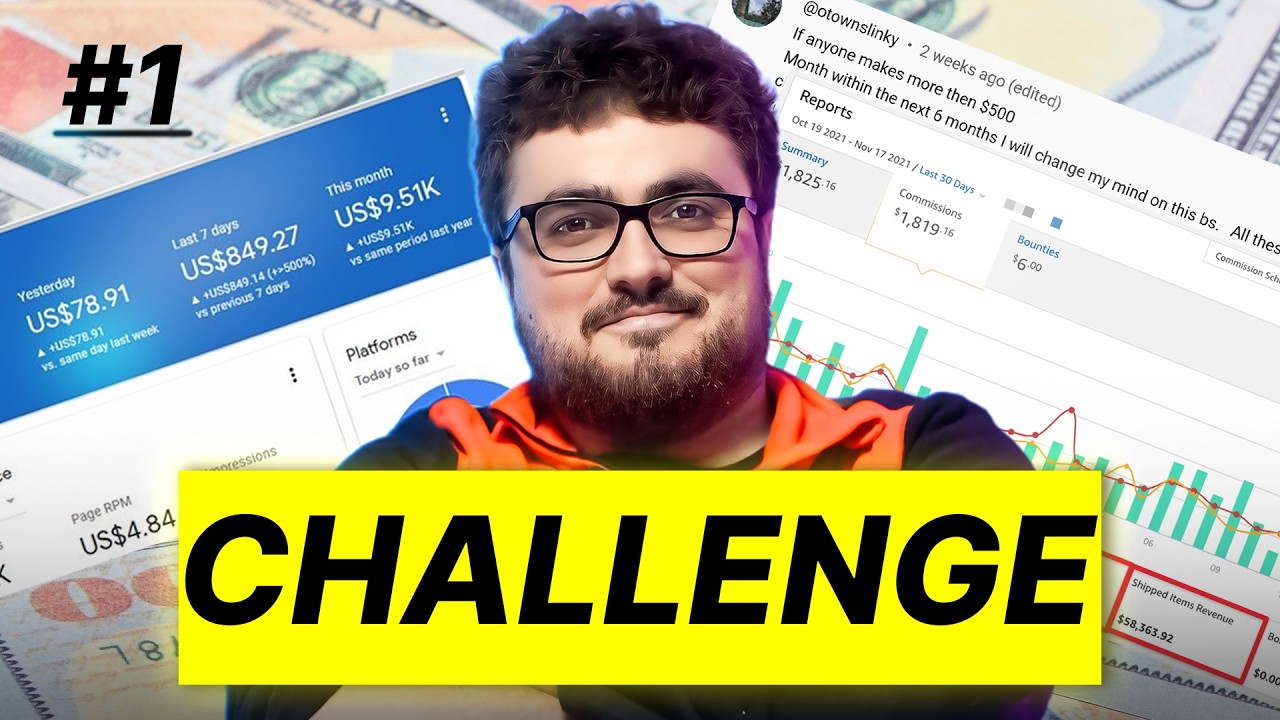Embarking on a journey to create profitable websites with a budget of $100 and AI SEO tools like Bolt DIY and non-Google ad networks can be a thrilling challenge. By following the Income Stream Surfers YouTube series, you’ll witness how the process involves tasks like domain hunting, niche selection, AI coding, ad network integration, SEO implementation, and website monetization. The ultimate goal is to build directories, websites using free APIs, and employ programmatic SEO techniques to achieve the target income of $500 per month within 6 months.
Through this captivating series, you’ll discover the power of affordable tools like GPT-4 Mini, DeepSeek, and free APIs in creating websites with minimal expenses. From domain registration to deploying websites on platforms like Vell and GitHub, the journey explores challenges, frustrations, and successes in building and monetizing profitable websites without breaking the bank. Dive into the world of AI-driven website building and online income strategies, witness the setbacks and triumphs, and gain insights into the practicality of creating low-cost websites for profit.
Overview of Creating Profitable Websites
Creating profitable websites involves focusing on AI tools like Bolt DIY and non-Google ad networks. The process includes domain hunting, choosing niches, AI coding, ad network integration, deploying websites, SEO, and monetization. It is crucial to plan to add an additional $100 if you are making $50, bringing the total spending to $150.
Utilizing Non-Google Ad Networks
One strategy for maximizing revenue from websites is to use non-Google ad networks such as directories with ads. It is essential to explore alternatives to AdSense, including platforms like Microsoft Pub Center and other ad networks like AdsTerror, MediaVine, and AdSt.
Microsoft Pub Center as an Alternative to AdSense
Microsoft Pub Center can serve as a viable alternative to Google AdSense. With no sign-up cost or revenue minimums, Pub Center allows users to combine Microsoft ads with AdSense in the same ad unit. Some publishers have reported higher CPM rates historically with Pub Center, making it an attractive option to consider.
Exploring Bolt DIY for Website Projects
Considering utilizing Bolt DIY for website projects, it is advisable to allocate resources for tokens and dive into setting up Bolt DIY using coding and Docker. Plans to leverage tools like GPT-3 or GPT-4 mini for AI coding can enhance the efficiency of website creation.
Creating Profitable Websites with Bolt DIY
Exploration of different website ideas like directories, dog breed helpers, and crypto pricing can lead to profitable ventures when using tools like GPT-4 mini and free APIs. The emphasis on low costs and ease of website creation with affordable tools is key to experimenting with different models for successful projects.
Deployment and Troubleshooting
Launching a website on GitHub and deploying it on the Vell platform can present challenges like setting up incorrect domains and encountering verification errors. Overcoming these challenges by resolving issues and making necessary changes is crucial for successful deployment.
Connecting a Website Project to GitHub
Utilizing tools like Bolt for deployment and addressing issues with adding code to pages and configuring sitemaps are essential steps in connecting a website project to GitHub. Troubleshooting with the help of OpenAI or GPT-3 can facilitate a smoother process.
Monetization and Revenue Generation
While successfully incorporating ads into a website, facing payment issues can be a hurdle. Exploring diverse ways to generate revenue from the website is key, necessitating changes and troubleshooting to ensure optimal functionality for ad placement.

Conclusion
In conclusion, the process of creating profitable websites involves harnessing AI tools like Bolt DIY, exploring non-Google ad networks, and fine-tuning monetization strategies. By deploying websites with cost-effective tools and experimenting with different models, individuals can generate revenue successfully online. By focusing on efficient deployment, seamless connection to platforms like GitHub, and strategic monetization efforts, the journey to creating profitable websites becomes more manageable and rewarding.
